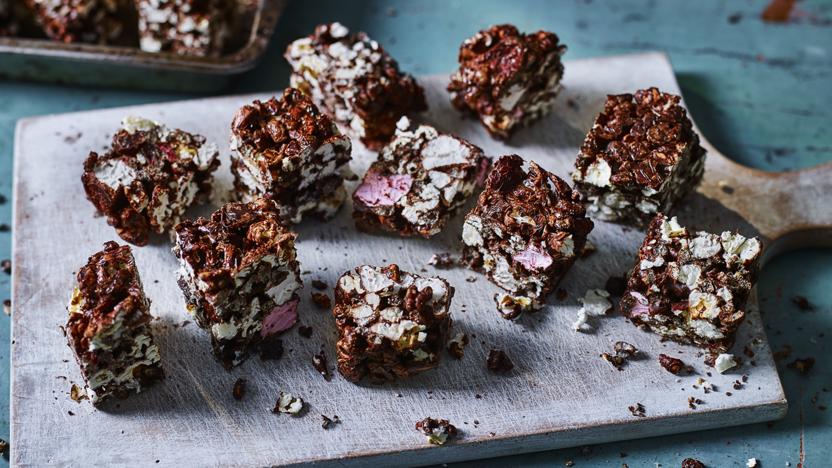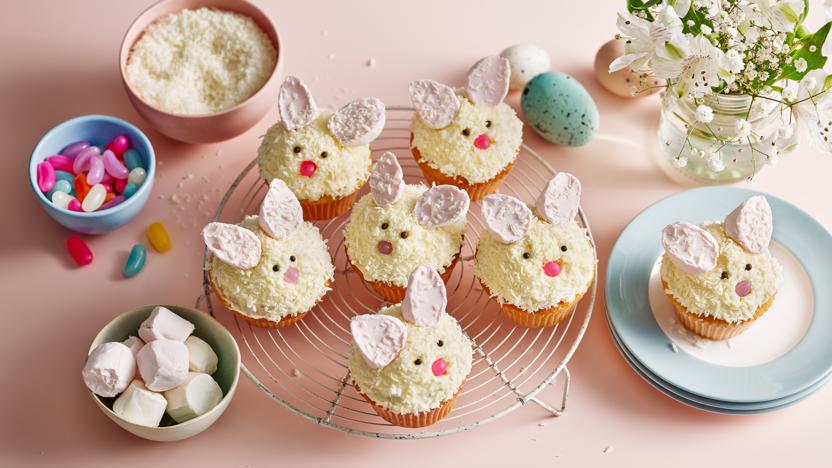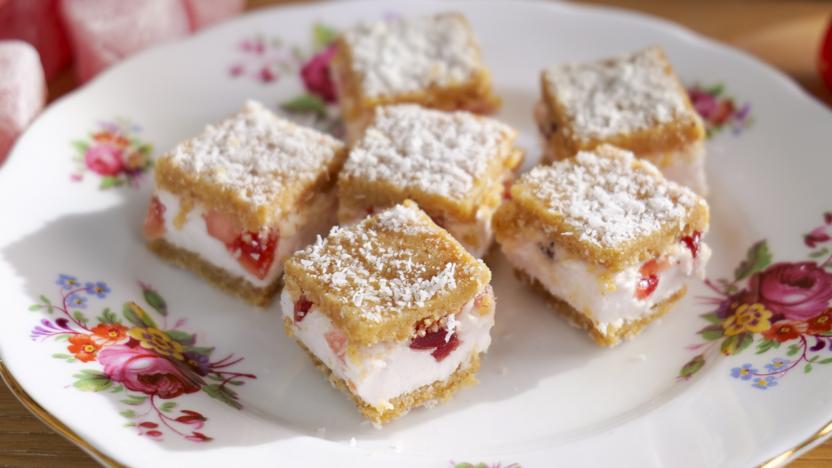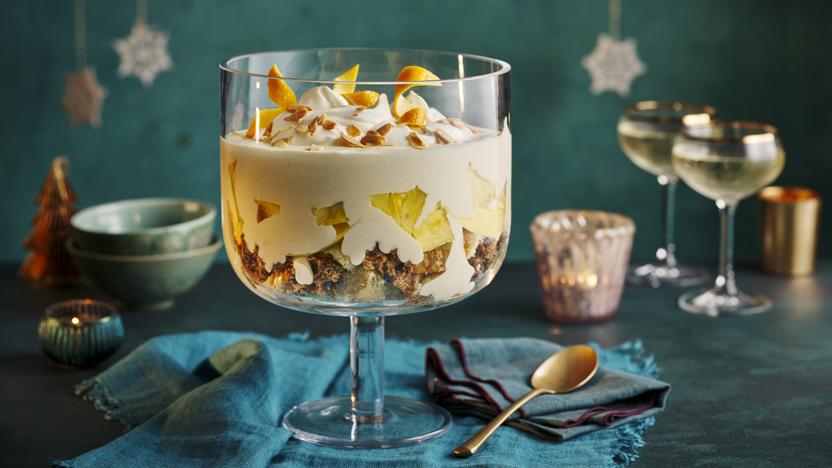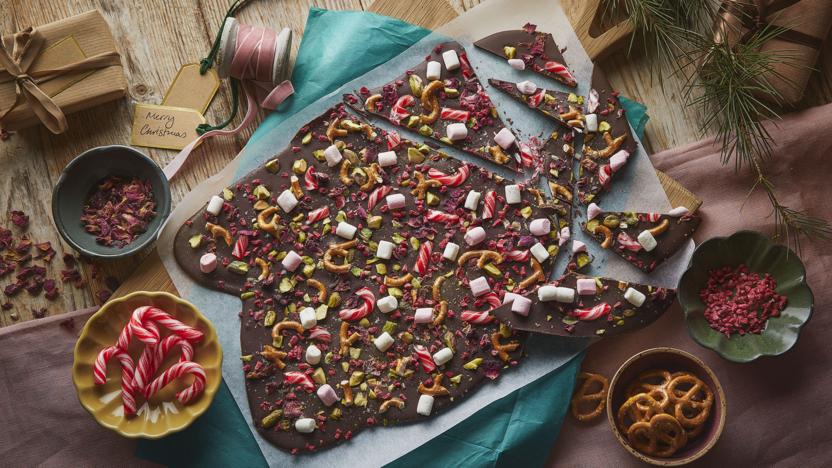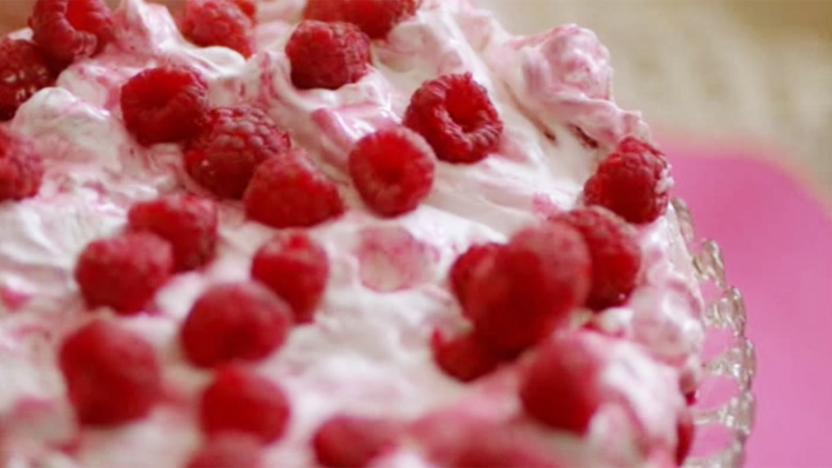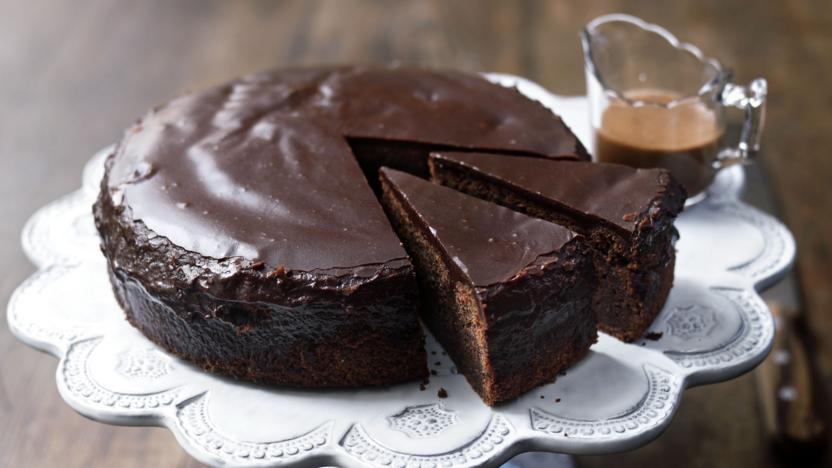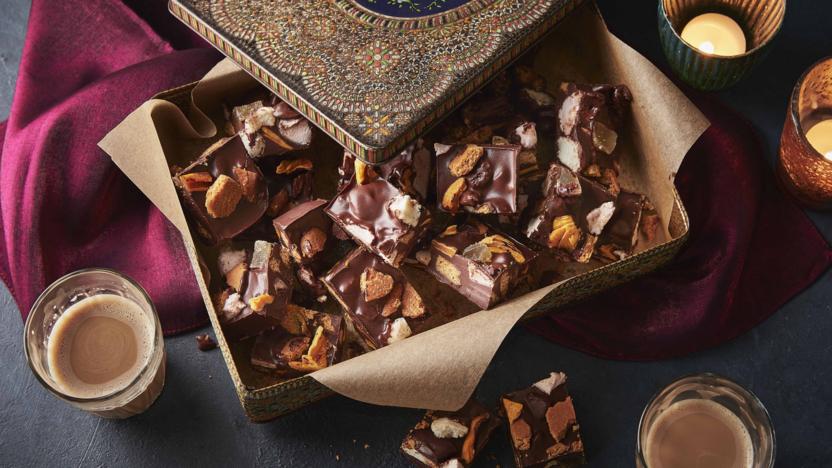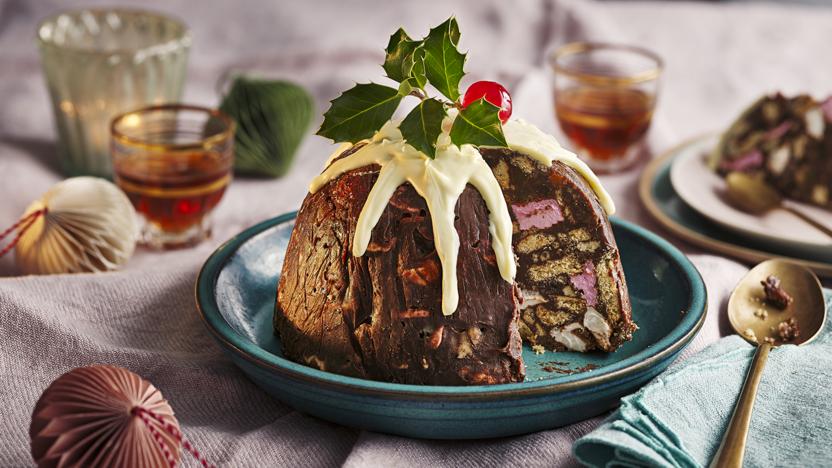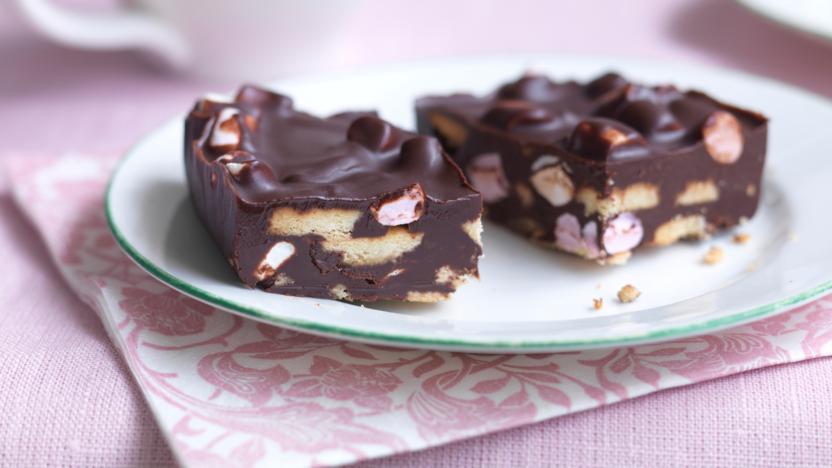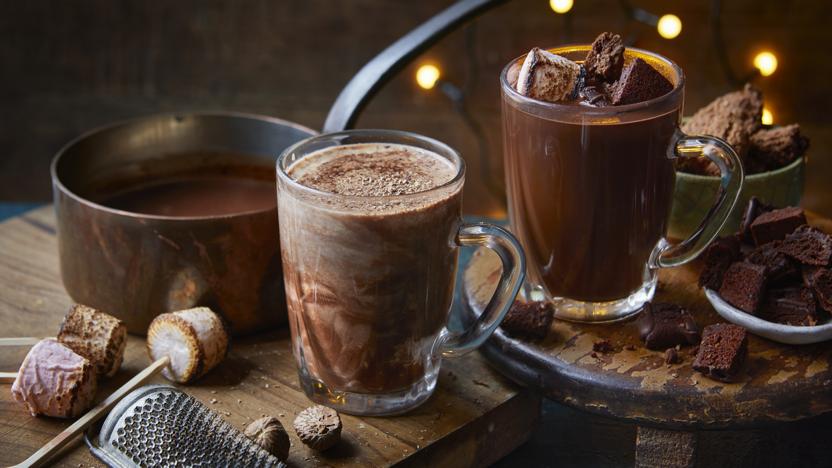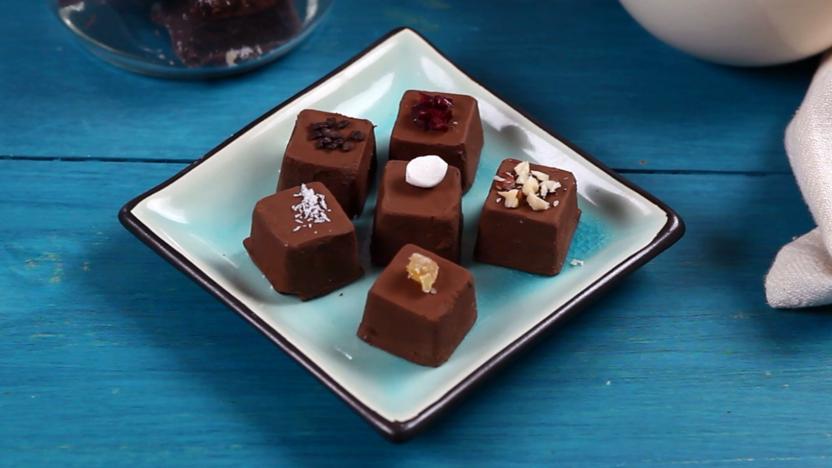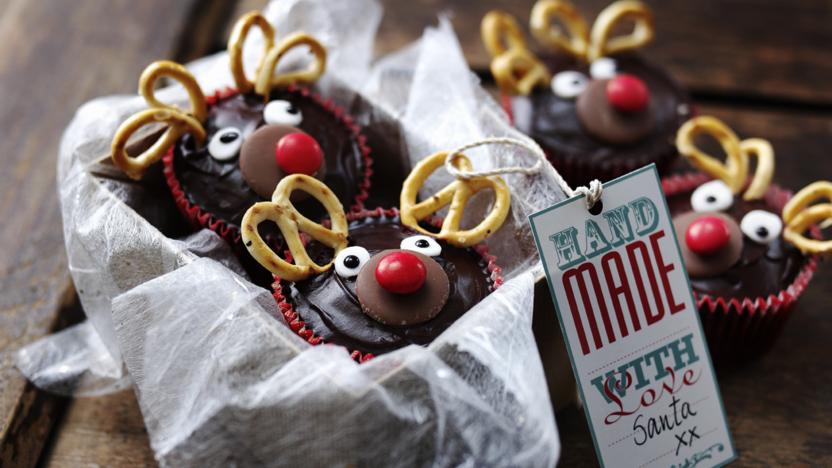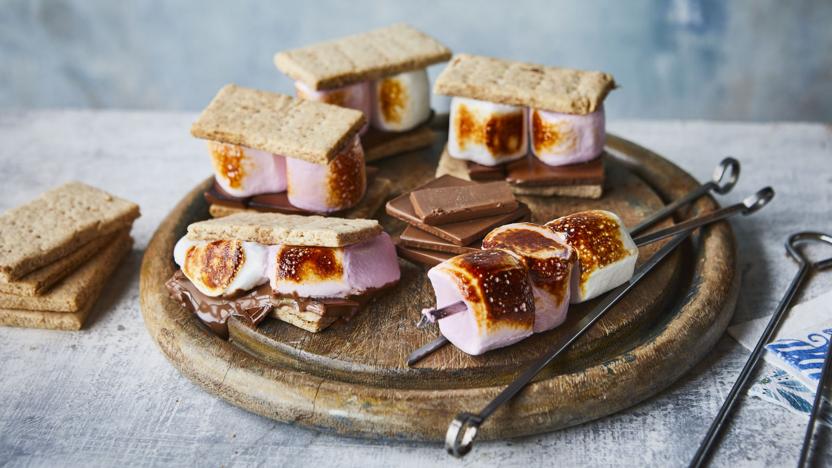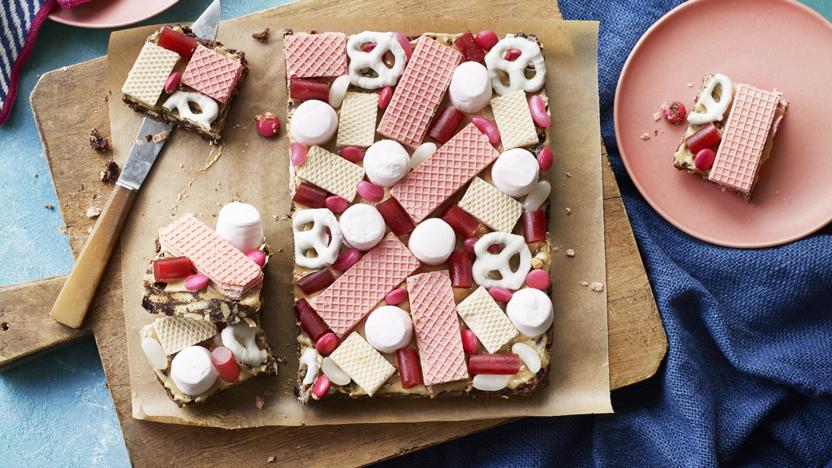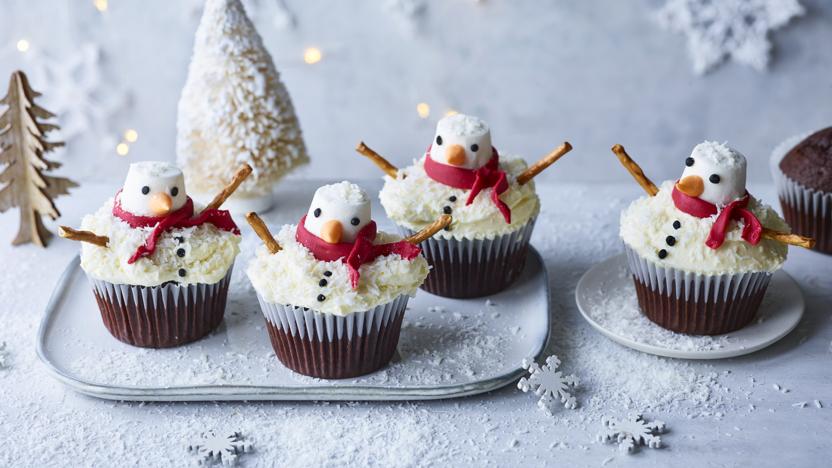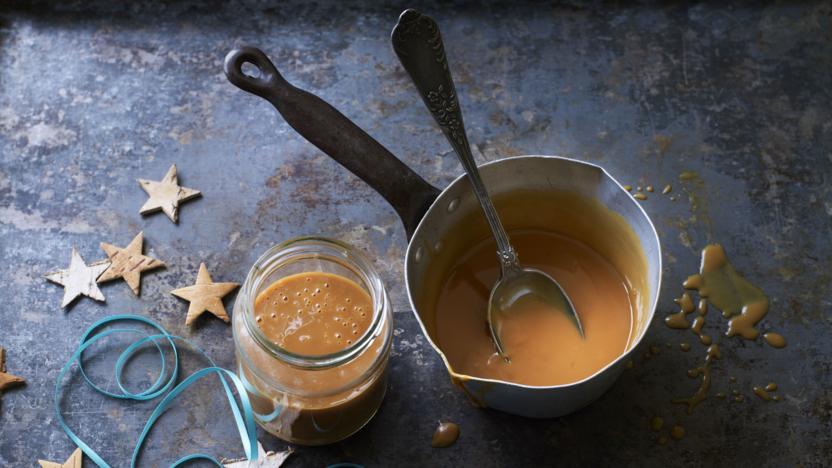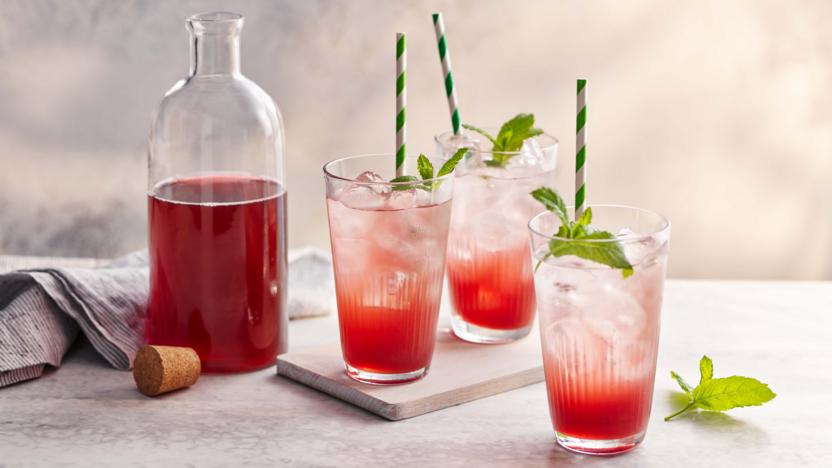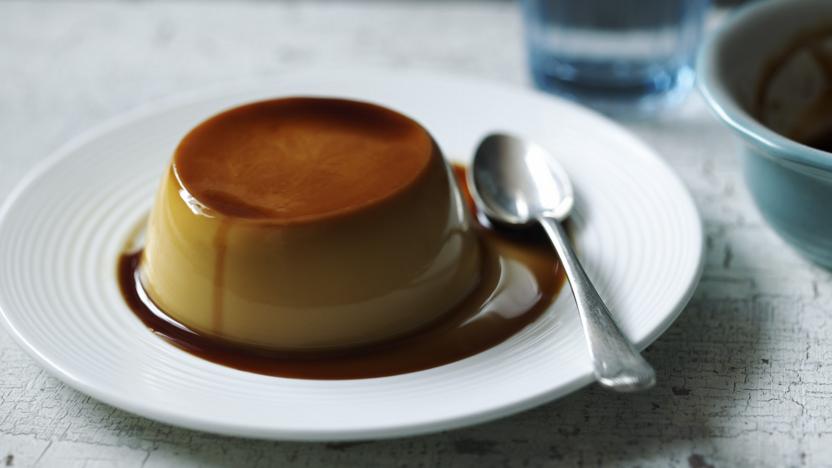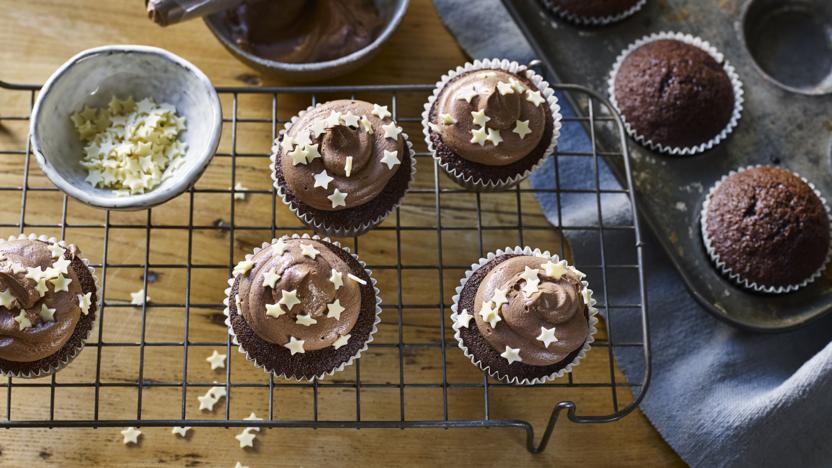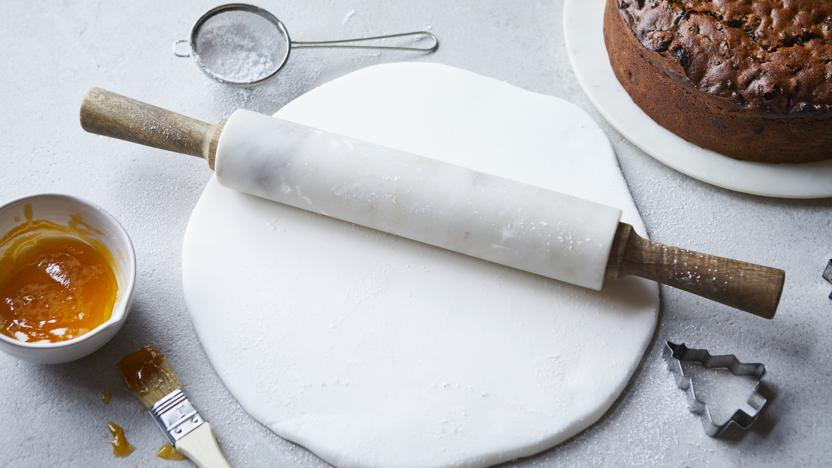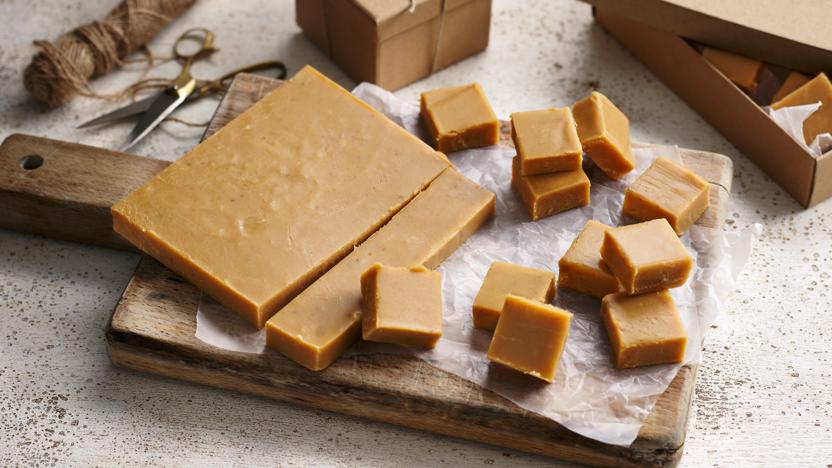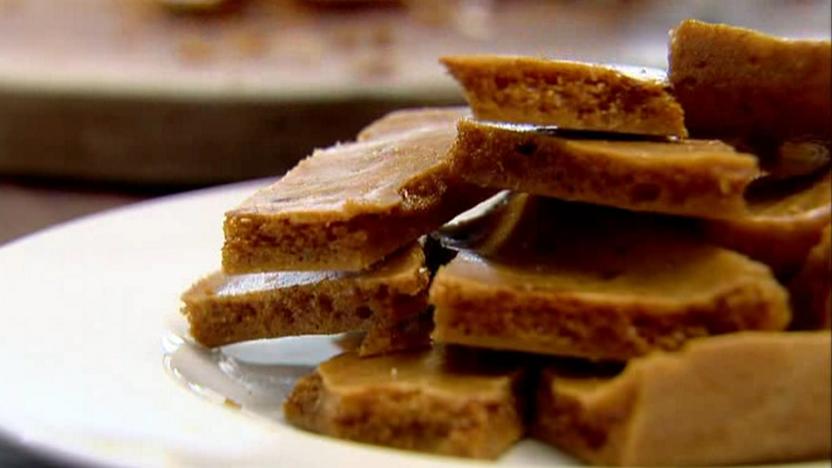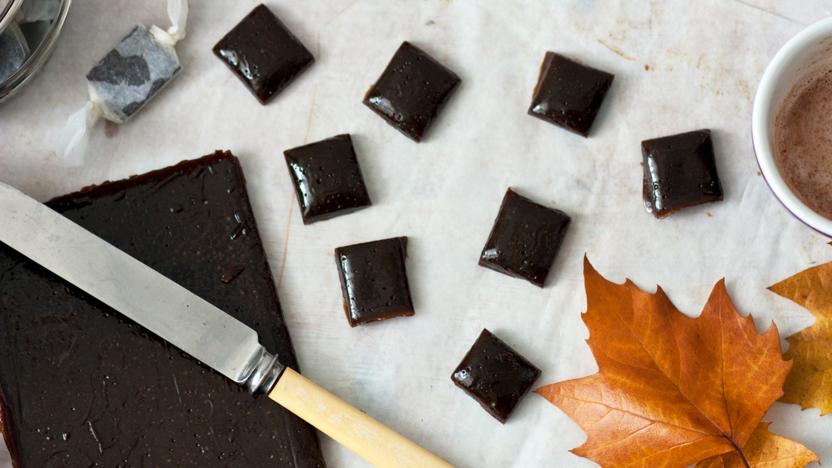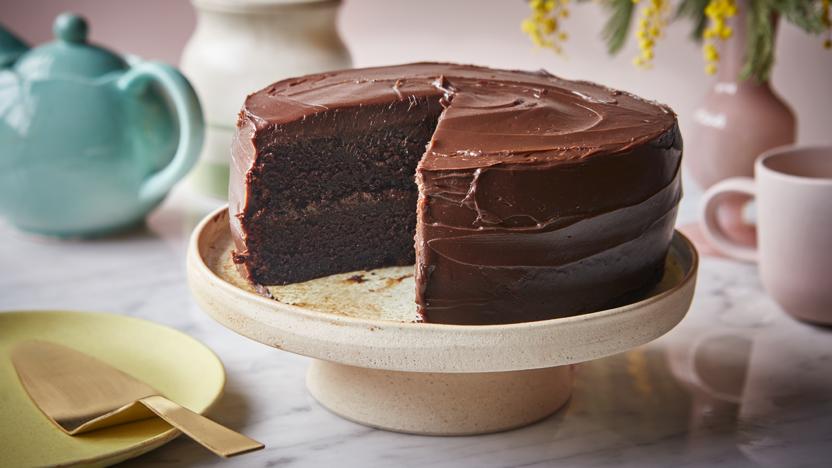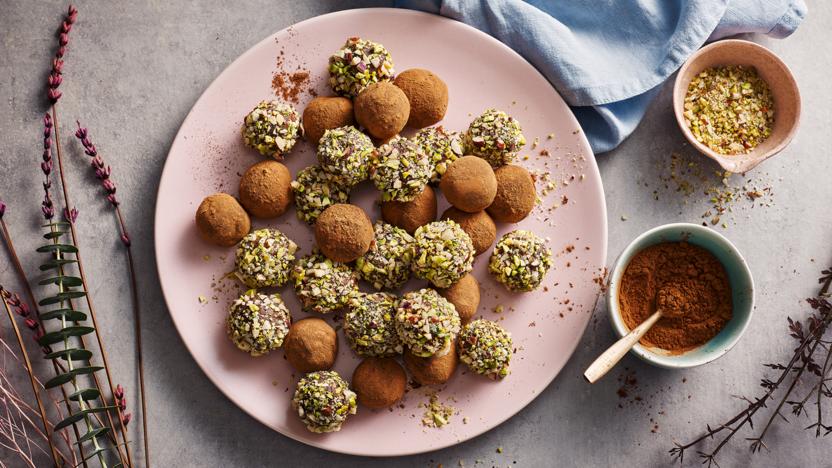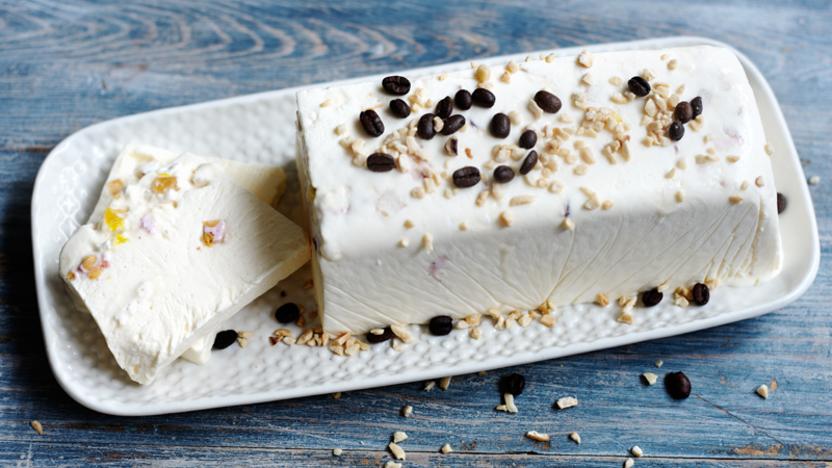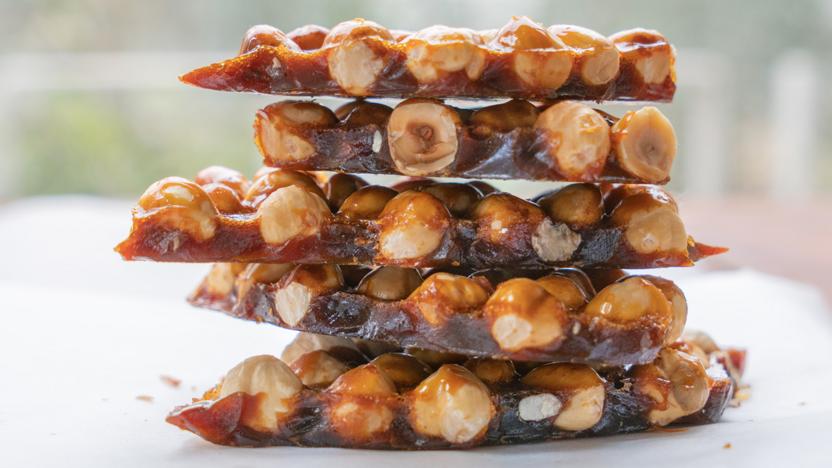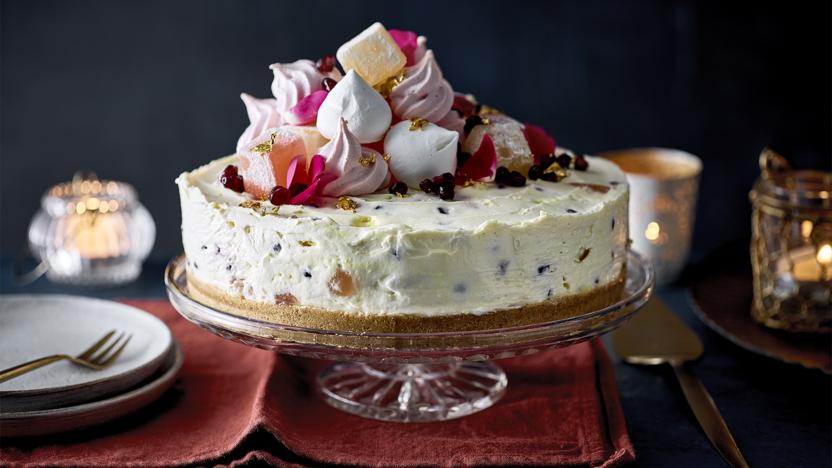Marshmallow recipes
Marshmallows are pillow-soft, chewy sweets. Traditional marshmallows would have been made using the powdered root of the marshmallow plant, but modern preparations use gelatine or gum arabic, which are more easily obtainable. Commercially-made marshmallows usually come in fat, cylindrical shapes and have a slightly chalky exterior and sticky, chewy interior.
Tom Kerridge's chocolate popcorn bars are a revelation. Make a batch to share with friends or colleagues. The bars will keep for up to a week in the fridge.
Each serving provides 90 kcal, 1g protein, 13g carbohydrates (of which 9.5g sugars), 3.5g fat (of which 2g saturates), 0.5g fibre and trace salt.
More marshmallow recipes
Storage
Store marshmallows in an airtight container lined with baking parchment for up to two weeks.
Preparation
Marshmallows are made by heating sugar to the 鈥榟ard ball鈥� stage (ie. a temperature of 121-130C/250-266F). The melted sugar is combined with gelatine or gum arabic, colouring and flavouring, then whisked into beaten egg whites. (Vegetarians can substitute marshmallow recipes that call for gelatine with agar-agar.)
Be sure to pour the hot sugar mixture into the egg whites in a slow, steady stream while whisking continuously, and don鈥檛 over-mix, as this will compromise the lightness of the finished marshmallow. Pour the marshmallow mixture into a container greased with oil and dusted with icing sugar, so that once the marshmallow has set it can be removed easily. Cut the set marshmallows into pieces using an oiled knife, then dust each piece all over with a mixture of icing sugar and cornflour to prevent them from sticking to each other.
Toast marshmallows under the grill or over an open flame until they鈥檙e crisp on the outside and melting on the inside. Alternatively, melt them completely, mix with puffed rice and leave to set to make sweet, sticky treats. Marshmallows are also a key ingredient in Rocky road (a fridge cake made from chocolate, marshmallows, cherries and sultanas).
